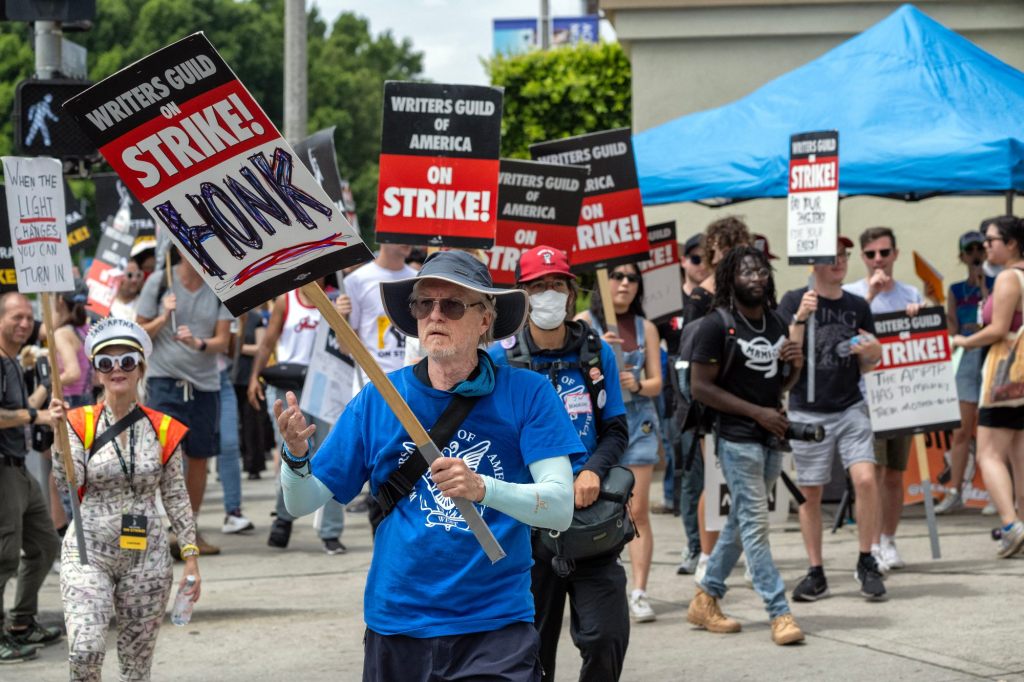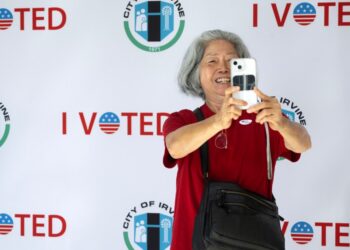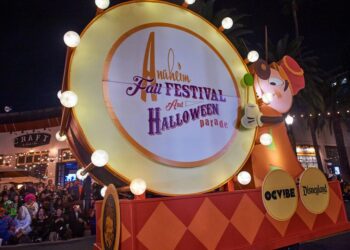Labor Day for tens of thousands of workers in Southern California this year is more about picket signs and rally cries than hamburgers at holiday barbecues.
Strikes, tense labor negotiations and general unrest have dominated the headlines for months as workers and unions fight for higher wages, increased staffing, safer conditions and job protection from artificial intelligence.
The tension cuts across a broad swath of industries, including Hollywood writers and actors and workers at hotels, hospitals, airports, fast-food restaurants … even dancers at a North Hollywood strip club.
Thousands of healthcare workers, including Kaiser and Prime Healthcare employees, plan to march in Los Angeles on Labor Day.
The longstanding feuds and bargaining tactics have led some to see the labor movement as a tool for change, while others consider it an abuse of power by unions.
So what’s behind all the worker angst? It comes down to money, according to Lawrence Harris, a professor of business at the USC Marshall School of Business.
“Lots of people are retiring in comparison to the number of people entering the workforce,” he said. “When labor becomes scarce and the economy is doing well, you’d expect wages to rise. And if they don’t rise as fast as market conditions warrant, you see people more willing to strike.”
That, coupled with high prices for gas, groceries and housing, has also made cash-strapped workers more willing to walk out.
They have nothing to lose, Harris said.
The latest labor unrest continued this week when LAX cashiers, dishwashers, cooks, bartenders and food attendants employed by Areas USA voted to authorize a strike. The 450 workers are represented by Unite Here Local 11.
“Workers all over the city have reached their breaking point,” Unite Here co-president Susan Minato said in a statement. “The travel and tourism industry exploited the pandemic and continues to rake in profits while their workers are left living paycheck to…
Read the full article here







